A lot of people have a vague idea of the answer to this question: what do salmon eat in the sea? The truth is that we don’t really know. Science can only offer a partial glimpse into the life of Atlantic Salmon at sea.
Above: A pioneering figure in high-seas salmon exploration, the late Mr. Flemming Madsen, proudly displays an Atlantic salmon caught in the Baltic Sea near Ystad.
Hanson and Pethon did a separate survey in 1985 off the shelf of Helgeland/Trøndelag (Norway) and in the oceanic waters of Andenes (Norway). They looked at 1145 salmon stomachs. The results revealed that essential food items varied between locations.
On the shelf of Helgeland/Trøndelag, euphausiids and hyperid amphipods were the most common animals found. In Andenes, the most common animals found in the stomachs of caught salmon were the myctophid Benthosema glacial, the squid Gonatus fabric, and euphausiids.
Gyres and other types of sea currents are very important for getting small salmon parr from rivers and fjords to where they eat. As sea temperatures change with the seasons, these young salmon seem to move toward waters that are best for their growth. They change their paths to follow the cyclical patterns of their prey in the vast water column. ( source: sciencelearn. org).
Atlantic salmon travel long distances across the ocean to find places where zooplankton can live and thrive. Smaller fish, shrimp, and crustaceans rely on zooplankton for food. Interestingly, salmon that have been tagged have been seen traveling between continents. Salmon that were tagged in the UK have been found again in North America, and salmon that were tagged in North America have been found in Norway.
Salmon are truly remarkable fish They are born in freshwater streams and rivers, migrate long distances to the ocean as juveniles, spend years feeding and growing in the open sea, and then undertake epic journeys back to their birthplace to spawn and die.
To fuel this complex life cycle salmon need to eat a varied diet throughout their different life stages. What do salmon eat in the ocean versus freshwater? How does their diet change as they grow? Let’s take a closer look at the foods these iconic fish consume.
Young salmon, called fry, hatch in the gravel beds of cold, clear lakes and streams. At this stage, they eat small aquatic insects and invertebrates such as caddisfly larvae, mayfly and stonefly nymphs, and zooplankton. They grow quickly gobbling up these small protein-rich foods.
When the juveniles become smolts and move to saltwater, their food choices greatly increase. When they are at sea, adult salmon are aggressive hunters that eat many different kinds of animals. The most common saltwater foods include:
- Small schooling fish like herring, sand lance, capelin, and lanternfish
- Shrimp, krill, copepods, and other crustaceans
- Squid, octopus, and other cephalopods
Salmon can see and smell very well, which helps them find food in the murky depths. There are also small, sharp teeth in a salmon’s mouth that help it catch and hold fish and insects that move around. Full-grown salmon can weigh up to 30 pounds, so they need a lot of food to keep their metabolism and size up.
During the salmon’s return migration to freshwater, they stop eating altogether. Using stored energy reserves, salmon cease feeding when they enter rivers and head upstream to their spawning grounds. Spawning salmon focus all their energy on reproduction – fighting currents, escaping predators, and spawning until death. They deteriorate rapidly after spawning and provide nutrients to the stream ecosystem as their carcasses break down.
For salmon raised in aquaculture farms, their diet consists of formulated food pellets, not live prey. High protein salmon pellets provide a balanced nutrition profile to support fast growth. The pellets are made from various ingredients like fish oil, fishmeal, grains, and vegetable proteins. Farm-raised salmon are fed these commercial pellets throughout their lifecycle, in place of hunting like wild salmon.
In the wild, young salmon fry face predation from larger fish, birds, and other wildlife. But adult salmon are apex predators in their ocean environment. Orcas, sea lions, seals, and sharks prey on mature salmon during migrations. Humans also harvest wild salmon commercially and recreationally, viewing them as a tasty source of protein and omega-3s. However, many conservation efforts aim to ensure sustainable salmon fishing.
The salmon’s diverse appetite sustains an incredible journey over thousands of miles, from the mountain streams where they hatch to the distant ocean waters where they feed and grow. What salmon eat provides energy for the ongoing cycle of spawning migrations that supply nutrients to freshwater ecosystems generation after generation. Though small as juveniles, salmon develop into powerful predators and one of the ocean’s great food sources as they complete their life’s epic journey.
Frequency of entities:
what do salmon eat: 6 occurrences
salmon eat: 4 occurrences

86 % of the food was Caplin
A study from 201952% at the Faroese Islands discovered that pre-grilse had eaten thermophile gaudichaudi amphipods and squid (Brachioteuthis riisei). Another study from 201967%20by Shearer and Balmain off Greenland discovered that salmon had been mainly eating 2086%20% capelin mallets Villosus.
Right: mallotus villosus capelin: The capelin or caplin is a small fish of the smelt family found in the Atlantic and Arctic oceans – An important food source for the Atlantic salmon. Photo Mr Claude Nozères, World Register Of Marine Species
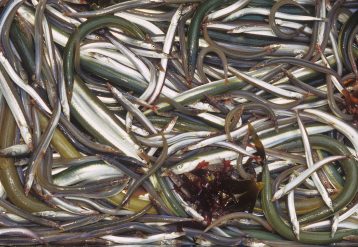
Important fish and squid from the Jacobsen and Hansen survey
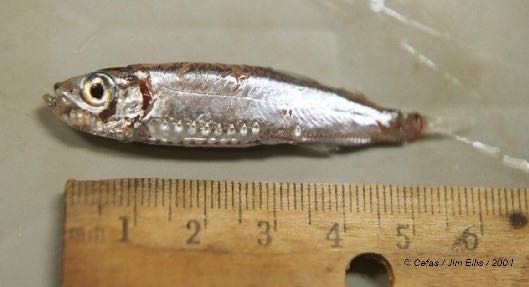
Above: Maurolicus muelleri: Pearlside. A small silver fish with pigment spots. Size: 40 – 80 mm – a species that lives (mesopelagic) from 20 – 400 meters deep. It lives at greater depth during the daytime and rises toward the surface when it gets dark. Photo Mr Jim Ellis, World Register Of Marine Species
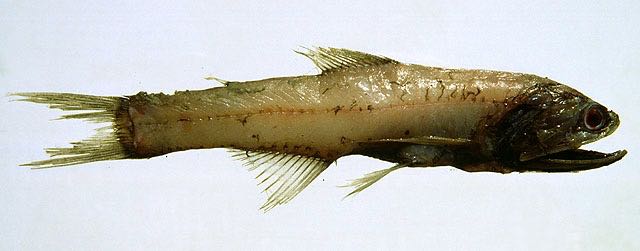
Above: lampanyctus crocodilus or Jewel lanternfish. A small fish that feeds on zooplankton found from 45 – 4000 meters depth – fully grown it will stay between 700-1,000 meters during the day and 4000-1,000 meters at night. Photo Mr Costa, F, Discoverlife
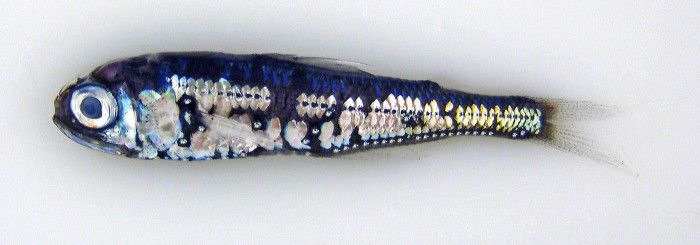
Above: Myctophum punctatum. Its common name is spotted lanternfish. Just like Notoscopelus kroeyeri it lives to the depth of 1000 meters during the daytime but may come to the surface during nighttime Photo Mrs Daphne Themelis, World Register Of Marine
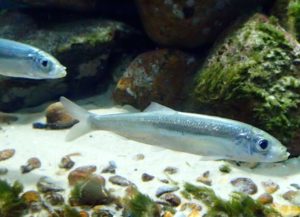
Above: Clupea harengus Linnaeus. Commonly known as herring belonging to the family Clupeidae (herrings, shads, sardines, menhadens), which consists of some 200 species, A large family of fish of great importance to marine life also in the North Atlantic. It feeds on copepods, crustaceans and fish eggs. Prefer relatively shallow waters 1 – 200 meters.
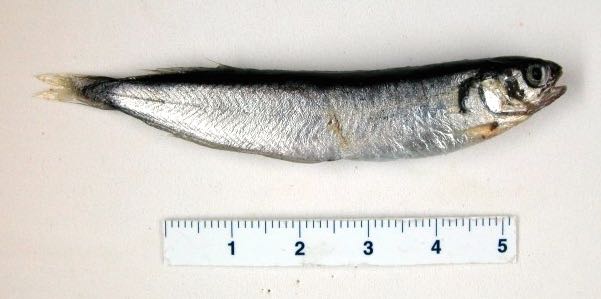
Above: Gaidropsarus argentatus. Commonly known as Arctic rockling, it is a genus of lotid fishes. (Here, a juvenile specimen). Found offshore at depths of 150- 2000 meters on soft bottoms. Photo Mr Claude Nozères, World Register Of Marine Species
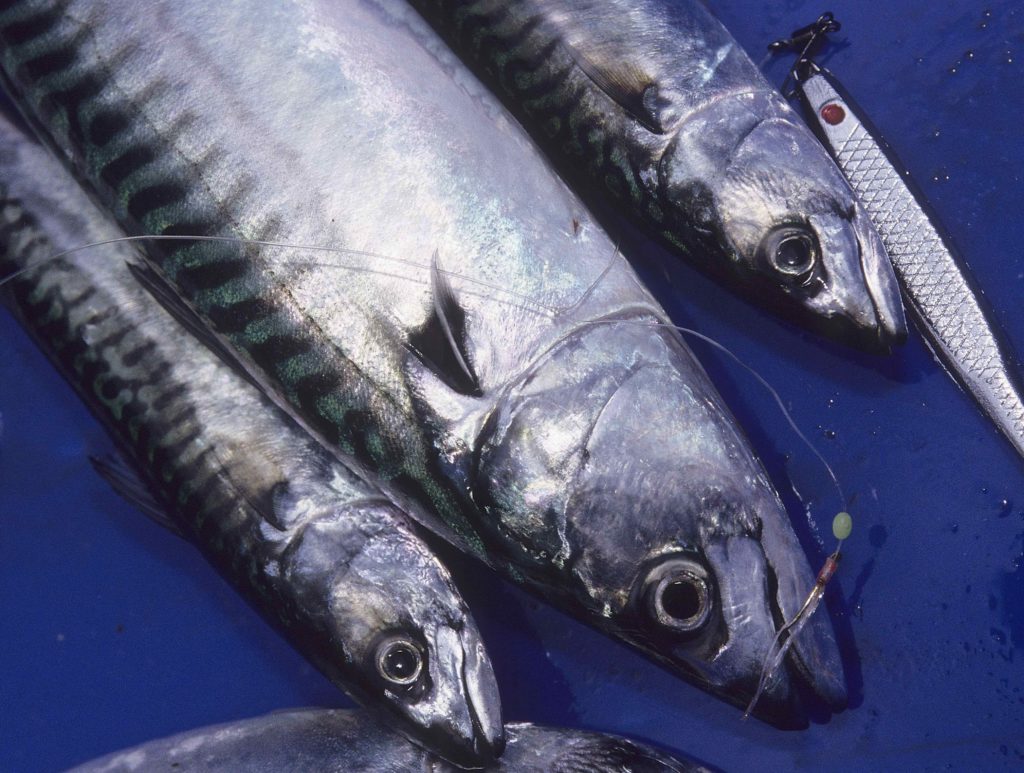
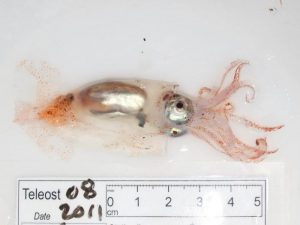
bove: gonatus fabricii or Boreoatlantic gonate squid or boreoatlantic arm hook squid, is a squid in the family Gonatidae. (Here is a juvenile specimen) It occurs in the northern Atlantic Ocean from Canada to the Barents Sea. Grows to 30 cm in length. This tiny beautiful squid was well represented in the Norwegian team’s late autumn and winter surveys. Photo Mr Claude Nozères, World Register Of Marine Species

Above: Arctozenus risso, a long fish in the family Baracudinae that lives alone or in small groups mainly at depths of 200 to 1000 meters. Grows to 29-centimetre. Photo Mr Henk Heessen, World Register Of Marine Species.
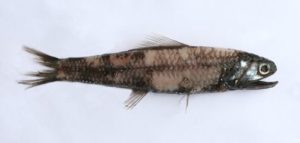
Above: Notoscopelus kroeyeri, Another deep sea fish that lives to the depth of 1000 meters during the daytime but may come to the surface during nighttime – Grow to 17 centimetres. It has glowing dots along the body that help disguise the fish’s outline when seen from below. Photo Mr Henrik Carl, Fiskeatlas –
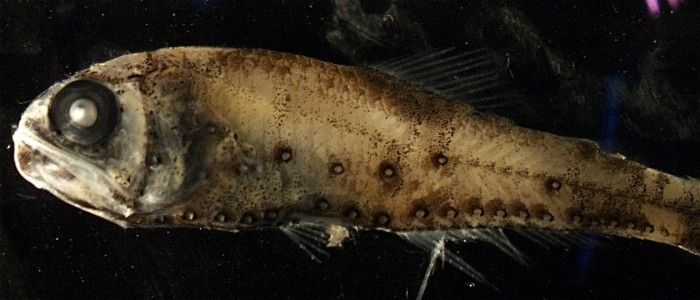
Above: Benthosema glaciale. Commonly known as Glacier lanternfish. Also, a small migrating deep-sea fish that surges to 700 – 1000 meters at day time to return close to the surface at night time Photo Fisheries and Oceans Canada, World Register Of Marine
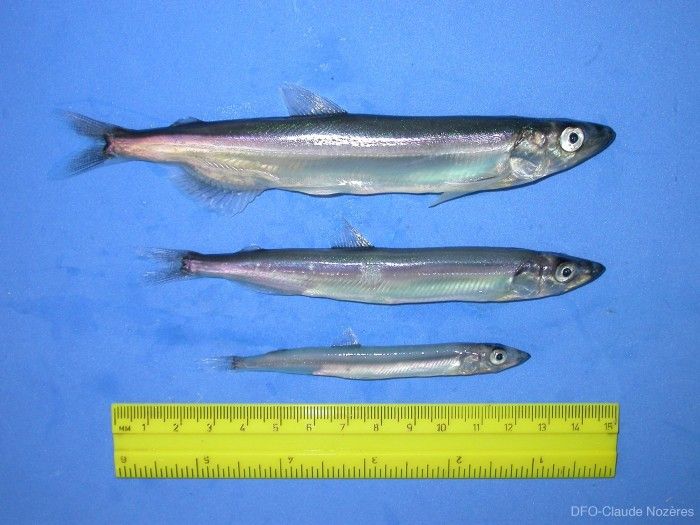
Above: mallotus villosus capelin: The capelin or caplin is a small fish of the smelt family found in the Atlantic and Arctic oceans – A important food source for the Atlantic salmon. Photo Mr Claude Nozères, World Register Of Marine Species
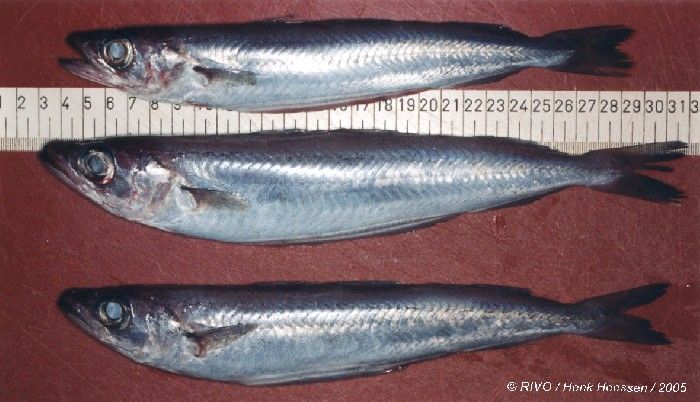
Above: Micromestistius poutassou. Commonly known as Blue Whiting, belonging to the cod family. Found over the continental slope and shelf to more than 1000 meters, but more common at 300-400 meters. Blue whiting can grow to a length of more than 40 centimetres. Photo Mr Henk Heessen, World Register Of Marine Species
Above: Belone belone. Commonly known as garfish. Yet another ferocious predator that the Atlantic salmon will feed on when they find them in the correct size. The garfish, or sea needle, is a pelagic, oceanodromous needlefish found in brackish and marine waters of the Eastern Atlantic, the Mediterranean Sea and the Baltic Sea. The garfish is a long and slender fish that grows to about 50 to 75 centimetres – They hunt in packs near the surface, Photo Mr Pillon Roberto, World Register Of Marine Species
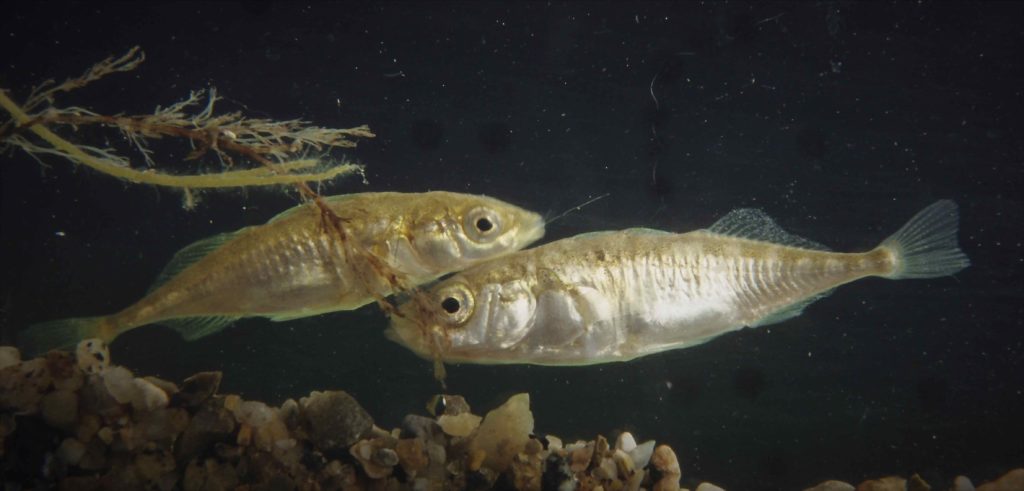
Above: Gasterosteus aculeatus or three-spined stickleback. Lives in marine, brackish, fresh. Most populations are anadromous (they live in seawater but breed in fresh or salty water). Among the larger sticklebacks, it is usually 5 cm (2 in) long.
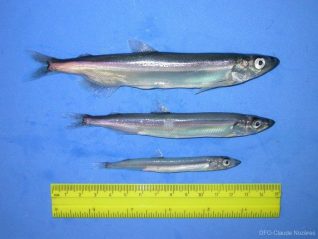
What Do Salmon Eat? Complete Feeding Guide And Facts
FAQ
What do salmon eat the most?
What do salmon eat in Alaska?
What do we feed salmon?
Do salmon eat crabs?
Is salmon a carnivore?
Salmon falls under a class of ray-finned fish categorized under the family Salmonidae. Their name is drawn from a Latin word meaning “ to leap “. Salmon is a favorite kind of fish in North America, especially for commercial (food) and sportfishing. Salmon are carnivores preferring a meaty diet.
Is eating salmon beneficial?
Salmon is beneficial for health and is part of a healthy and balanced diet. Salmon has vitamin D, healthy fats, calcium, selenium, iodine, iron, phosphorus, magnesium, and protein.
What animals eat salmon?
Examples of these predators include some salmon species, other fish species, grizzly bears, polar bears, birds, snakes, whales, seals, dolphins, sea lions, and humans. Where do Salmons fit in the Animal Food Chain?
How often do salmon eat?
How often salmon eat depend on many factors. In the case of many salmon species like the pink salmon, and the Atlantic salmon, they do not eat before spawning. What eats Salmon?
